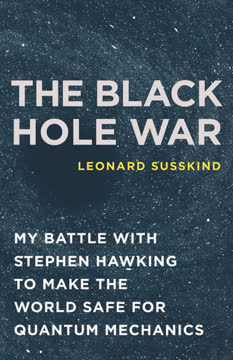Key Takeaways
1. The Black Hole War: A clash of fundamental principles in physics
"The Black Hole War is a celebration of the human mind and its remarkable ability to discover the laws of nature."
A three-decade intellectual battle erupted in the 1970s when Stephen Hawking proposed that information falling into a black hole is permanently lost. This idea challenged the fundamental principle of information conservation in physics, sparking a fierce debate among leading scientists. The conflict centered on reconciling two pillars of modern physics:
- General Relativity: Einstein's theory describing gravity and the behavior of black holes
- Quantum Mechanics: The theory governing the behavior of matter at the smallest scales
The war was fought through thought experiments, mathematical calculations, and heated discussions at conferences. It involved some of the most brilliant minds in physics, including Stephen Hawking, Leonard Susskind, and Gerard 't Hooft, each defending their understanding of the universe's fundamental laws.
2. Quantum Mechanics vs. General Relativity: The core of the conflict
"Evidently, we have a clash of principles."
The information paradox arose from the apparent incompatibility between Quantum Mechanics and General Relativity when applied to black holes. The key points of conflict were:
- General Relativity suggests that information crossing a black hole's event horizon is lost forever
- Quantum Mechanics asserts that information is always conserved and cannot be destroyed
This contradiction posed a significant challenge to physicists' understanding of the universe. It suggested that either:
- Quantum Mechanics was incomplete or incorrect
- General Relativity needed modification
- A new, unified theory was required to reconcile the two
The resolution of this conflict would have profound implications for our understanding of space, time, and the fundamental nature of reality.
3. Black Hole Complementarity: A radical solution to the information paradox
"To any observer who remains outside a black hole, the stretched horizon appears to be a hot layer of horizonatoms that absorb, scramble, and eventually emit (in the form of Hawking radiation) every bit of information that falls onto the black hole."
Leonard Susskind proposed Black Hole Complementarity as a solution to the information paradox. This principle suggests that:
- For an outside observer: Information falling into a black hole is absorbed by a "stretched horizon" just above the event horizon, scrambled, and eventually re-emitted as Hawking radiation.
- For a falling observer: Nothing unusual is experienced when crossing the event horizon; space appears empty.
Key aspects of Black Hole Complementarity:
- It preserves both Quantum Mechanics and General Relativity
- It suggests that the two seemingly contradictory descriptions are equally valid
- It implies that no single observer can verify both descriptions, avoiding a direct contradiction
This radical idea challenged conventional thinking about black holes and sparked intense debate in the physics community.
4. The Holographic Principle: A revolutionary concept in quantum gravity
"The three-dimensional world of ordinary experience—the universe filled with galaxies, stars, planets, houses, boulders, and people—is a hologram, an image of reality coded on a distant two-dimensional surface."
The Holographic Principle emerged as a profound consequence of studying black hole entropy. It suggests that:
- The information content of any region of space can be described by bits of information on its boundary surface
- The maximum amount of information in a region is proportional to its surface area, not its volume
Implications of the Holographic Principle:
- It challenges our intuitive understanding of three-dimensional space
- It provides a potential framework for reconciling gravity with quantum theory
- It suggests a deep connection between gravity, thermodynamics, and information theory
The principle has far-reaching consequences for our understanding of space, time, and the nature of reality itself, extending well beyond black hole physics.
5. String Theory: The mathematical framework for resolving the paradox
"String Theory is a framework in which Hawking's paradox can be examined."
String Theory emerged as a powerful tool for addressing the black hole information paradox. Key aspects of String Theory in this context:
- It proposes that all particles and forces are manifestations of tiny vibrating strings
- It naturally incorporates gravity, unlike other quantum theories
- It provides a consistent framework for describing black holes microscopically
String Theory's contributions to the black hole debate:
- It offered a way to count the microstates of a black hole, explaining its entropy
- It provided a mechanism for information to be preserved and emitted from black holes
- It supported the idea of Black Hole Complementarity and the Holographic Principle
While String Theory remains unproven, its mathematical consistency and ability to address key issues in black hole physics made it a crucial weapon in the Black Hole War.
6. Counting Black Hole Entropy: Proving the conservation of information
"Strominger and Vafa found that the horizon area and the entropy were not just proportional; the hidden information in the stringy wiggles attached to the branes agreed exactly with Hawking's formula."
A crucial breakthrough came when string theorists Andrew Strominger and Cumrun Vafa precisely calculated the entropy of certain black holes using String Theory. Their work:
- Confirmed Bekenstein and Hawking's earlier predictions about black hole entropy
- Demonstrated that black hole entropy could be explained by counting microscopic quantum states
- Provided strong evidence that information is preserved in black hole evolution
Key aspects of their calculation:
- Used special "extremal" black holes that are easier to analyze
- Employed newly discovered D-branes from String Theory
- Showed exact agreement between the number of quantum states and the area of the black hole horizon
This result was a turning point in the Black Hole War, providing compelling evidence that information is not lost in black holes and that Quantum Mechanics remains valid even in extreme gravitational situations.
7. The triumph of Quantum Mechanics and the preservation of information
"String Theory may or may not be the right theory of nature, but it had shown that Stephen's arguments could not be correct. The jig was up."
The resolution of the Black Hole War came through a combination of theoretical insights and mathematical calculations. The key outcomes were:
- Information is preserved: Black holes do not destroy information but encode and release it through Hawking radiation.
- Quantum Mechanics prevails: The principles of Quantum Mechanics remain valid even in the extreme conditions of black holes.
- New understanding of space-time: The Holographic Principle suggests a radical reimagining of the nature of space and time.
Implications of the resolution:
- It preserves the fundamental principles of Quantum Mechanics and information theory
- It necessitates a new understanding of how General Relativity and Quantum Mechanics can be reconciled
- It opens new avenues for research in quantum gravity and the nature of space-time
While some details remain to be worked out, the Black Hole War significantly advanced our understanding of fundamental physics and laid the groundwork for future discoveries in the field of quantum gravity.
Last updated:
FAQ
What's The Black Hole War about?
- Intellectual Battle: The book details the scientific controversy between Stephen Hawking and Leonard Susskind over the fate of information in black holes.
- Quantum Mechanics and Gravity: It explores the clash between Quantum Mechanics and General Relativity, highlighting the need for a unified theory.
- Holographic Principle: The narrative introduces the Holographic Principle, suggesting that information within a space can be represented on its boundary.
Why should I read The Black Hole War?
- Accessible Science: Leonard Susskind presents complex ideas in an engaging manner, suitable for both lay readers and those with a physics background.
- Historical Context: The book provides a historical perspective on the evolution of black hole theories and modern physics.
- Personal Insights: Susskind shares personal anecdotes and experiences with prominent physicists, adding a human element to the scientific discourse.
What are the key takeaways of The Black Hole War?
- Information Conservation: A central theme is that information cannot be destroyed, a principle fundamental to Quantum Mechanics.
- Black Hole Entropy: The book explains that black holes have entropy proportional to their event horizon's area, a groundbreaking idea by Jacob Bekenstein.
- Evaporation of Black Holes: Susskind discusses Hawking's theory that black holes can evaporate, emitting radiation and potentially losing information.
What is the Holographic Principle discussed in The Black Hole War?
- Information Storage: It posits that all information within a space can be represented on its boundary, suggesting a connection between gravity and quantum mechanics.
- Implications for Black Holes: This principle implies that information in a black hole is encoded on its surface, challenging traditional views.
- Revolutionary Concept: It represents a significant shift in understanding space, time, and information, potentially leading to a unified physics theory.
What is Black Hole Complementarity as described in The Black Hole War?
- Dual Perspectives: It suggests that different observers can have valid but contradictory accounts of events near a black hole.
- Observer-Dependent Reality: The theory implies that reality can be observer-dependent, with different observers seeing different outcomes.
- Quantum Mechanics Implications: This concept is rooted in quantum mechanics, where observation affects a system's state, allowing both perspectives to coexist.
How does The Black Hole War explain the concept of entropy?
- Entropy Definition: Susskind defines entropy as a measure of the number of arrangements conforming to a specific criterion, linked to hidden information.
- Black Hole Entropy: The book discusses Bekenstein's proposal that black holes have entropy, preserving the Second Law of Thermodynamics.
- Entropy and Information: Entropy is related to information, suggesting that more disordered systems have higher entropy and more hidden information.
What is the significance of Hawking radiation in The Black Hole War?
- Black Hole Evaporation: Hawking radiation predicts that black holes emit radiation due to quantum effects, leading to their evaporation.
- Information Paradox: It raises the question of what happens to information in a black hole, as it seems lost when the black hole evaporates.
- Impact on Physics: The concept has profound implications for understanding black holes, quantum mechanics, and fundamental physics laws.
How does Susskind address the conflict between Quantum Mechanics and General Relativity in The Black Hole War?
- Incompatibility of Theories: Susskind discusses the tension between Quantum Mechanics' probabilistic nature and General Relativity's deterministic approach.
- Need for Reconciliation: The book emphasizes finding a unified theory incorporating both quantum effects and gravitational phenomena.
- Intellectual Struggle: Susskind portrays physicists' efforts to resolve these conflicts as a central theme of modern theoretical physics.
What role do thought experiments play in The Black Hole War?
- Understanding Complex Concepts: Susskind uses thought experiments to illustrate complex physics ideas, making them more accessible.
- Historical Context: The book references famous thought experiments by physicists like Einstein, showing their role in breakthroughs.
- Catalysts for Discovery: Thought experiments prompt physicists to question established principles and explore new inquiry avenues.
How does The Black Hole War illustrate the scientific process?
- Debate and Disagreement: Susskind highlights the importance of debate, showing how differing opinions lead to deeper understanding.
- Collaboration and Progress: The book emphasizes collaboration among physicists, illustrating how collective efforts advance knowledge.
- Evolution of Ideas: The narrative demonstrates how scientific ideas evolve through rigorous testing and refinement.
What are the implications of the Black Hole War for our understanding of the universe?
- Reality of Space and Time: The debates challenge traditional notions of space and time, suggesting our understanding may be flawed.
- Quantum Gravity: Resolving the information paradox aids in understanding quantum gravity, unifying general relativity and quantum mechanics.
- Future Research Directions: Susskind's work indicates many unanswered questions, promising exciting future discoveries in physics.
What are the best quotes from The Black Hole War and what do they mean?
- “What is it that breathes fire into the equations and makes a universe for them to describe?”: Reflects the mystery of why physics laws govern the universe.
- “The truth, of course, is that all complex life-forms have built-in, instinctive physics concepts...”: Emphasizes that our physics understanding is rooted in evolutionary history.
- “The Black Hole War is a celebration of the human mind and its remarkable ability to discover the laws of nature.”: Highlights the intellectual struggle and triumphs in unraveling universe mysteries.
Review Summary
The Black Hole War is a compelling account of the intellectual debate between Leonard Susskind and Stephen Hawking regarding information loss in black holes. Readers praise Susskind's ability to explain complex physics concepts to laypeople, though some find his ego distracting. The book covers quantum mechanics, general relativity, and string theory, offering insights into the scientific process and the personalities involved. While some readers struggled with the more advanced concepts, many found the book engaging and enlightening, appreciating Susskind's clear explanations and personal anecdotes.
Similar Books
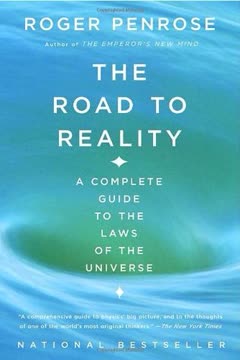
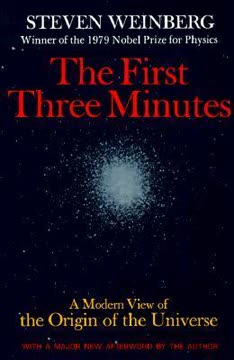
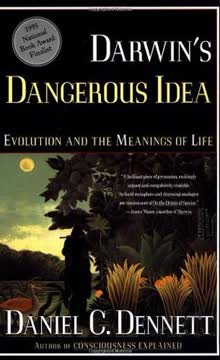
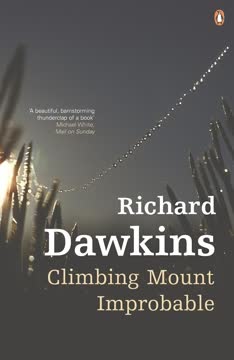
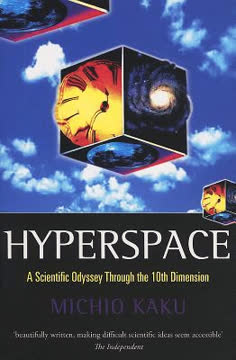
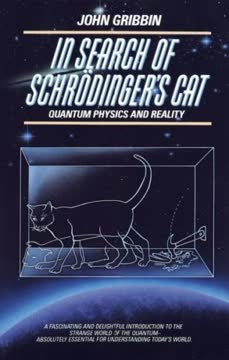
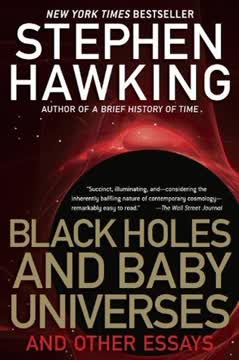
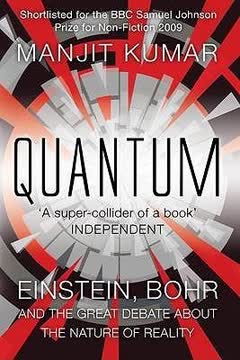
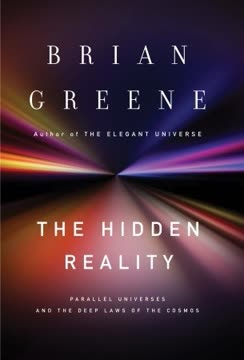
Download PDF
Download EPUB
.epub digital book format is ideal for reading ebooks on phones, tablets, and e-readers.
